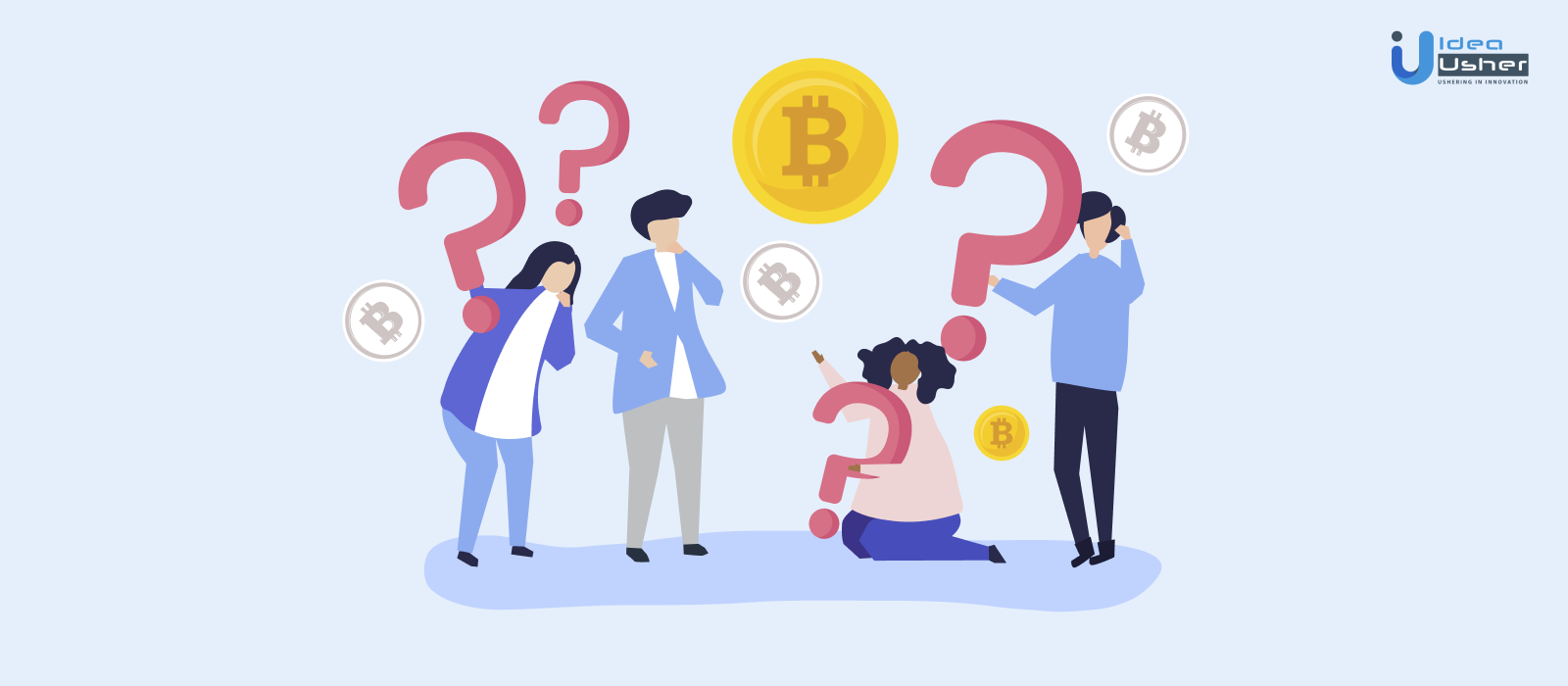
Blockchain is a decentralised, distributed ledger technology that enables multiple parties to record and verify transactions without the need for a central authority. A house, vehicle, cash, or piece of land can be both tangible and immaterial (intellectual property, patents, copyrights, branding).
Before you move on to talk to anyone about developing blockchain technology, it’s essential to know some of the most used blockchain terms;
51 Must Know Blockchain Terms:
Here are the 51 important blockchain terms you must know;
1. Block
Transactions are organized into single blocks, and every 10 minutes, a new block of about 1MB in size is generated. Every block on a blockchain contains:
- Timestamp.
- Reference to the previous block.
- Description of the transaction.
- The Proof of Work that caused the secure block.
2. Mining
To validate transactions requires performing mathematical computations on specialized hardware. Before placing trades into a secure block, computer miners verify their validity blocks are connected to build a blockchain, representing consistent data across all leagues. To prevent bitcoins from being spent twice, mining is necessary. Mining includes adding transaction records to the blockchain ledger after confirming the transactions’ validity.
3. Hash
A hash is a mathematical function that transforms an arbitrary-length input into an encrypted output of a specific length. As a result, regardless of the initial amount of data or file size involved, its unique hash will always be the same size. Hash functions are also “one-way,” which means they can’t be used to “reverse-engineer” the input from the hashed output.
In computing systems, hash functions are often used for data structures such as message integrity checks and information authentication. They are cryptographically “weak” since they can be solved in polynomial time, but decoding them is challenging.
4. Cryptographic Hash
Traditional hash functions are enhanced with cryptographic hash functions, making it more challenging to interpret the contents of messages or information about receivers and senders.
Cryptographic hash functions, in particular, display the following three characteristics:
- There should be no two input hashes that result in the same output hash.
- They can be hidden. It should be impossible to deduce the input value of a hash function from its output.
- It should be fun to solve them. It should be challenging to choose an input that delivers a predefined output. As a result, the input should be selected from a variety of options.
5. Hashcash
Hashcash is a POW method that produces data that is tough to create computationally but easy to verify by others. Miners are required to generate a hash and a ‘nonce number’ for each block to fulfil the difficulty requirement, which requires a hash with a sufficient amount of leading zero bits.
6. Hash Collision
There are no recursive pathways in a directed graph structure (such as a flow chart)
DAGs are used in the blockchain industry to connect blocks, transactions, and data storage structures.
7. Hash Rate
The maximum speed at which a computer can perform a hashing process.
Hashrate is similar to CPU speed in that it counts the number of times a machine can perform a specific function per second rather than the number of arbitrary instructionsIt can execute at a considerably faster pace than a processor with the same clock speed, allowing application-specific integrated circuits (ASIC) to have a substantially greater hash rate.
8. Hyper Ledger
Hyperledger is an open-source blockchain collaboration to improve blockchain technology and make enterprise-grade distributed ledger blockchain frameworks more accessible. It was developed by the whole industry, with everyone trying to make blockchain more accessible and user-friendly. The ecosystem comprises IT, giants and entrepreneurs, guaranteeing that blockchain can function on a commercially viable base. To ensure they do not lose focus, they will not release any cryptocurrency linked with the effort.
9. Bitcoin
Since 2008, Bitcoin has been the world’s first decentralized cryptocurrency. It’s a cryptocurrency because it’s a subset of “digital currency” (no physical currency) that uses cryptography to verify transactions.
It’s decentralized because all computers share control on the network, and it’s a cryptocurrency because it’s a subset of “digital currency” (no physical currency) that uses cryptography to verify transactions and regulate the generation of new units. A sequence of bitcoin transactions is created when bitcoins are transferred between users.
Aside from bitcoin, there are several blockchain technologies to consider, including Ethereum.
10. Ethereum
Between bitcoin and Ethereum, there are significant technical differences. An open-source blockchain platform that lets developers construct decentralized applications (dApps) using technology is called ethereum. Ethereum allows developers to host new programmes on the blockchain using smart contracts and dApps. Similarly, the Ethereum network is highly reliant on automation.
11. Smart Contract
Smart contracts are the digital equivalent of legal contracts in the digital world. The contract involves the triggering of events and code execution and is held between two anonymous individuals. It’s written in code and signed by the two parties who will finish a task, like a transaction. Smart contracts may be used to exchange assets like houses, automate ownership and copyright management, and even run a business (DAO). Smart contracts work without a centralized authority, allowing them to automate a wide range of tasks.
12. Crypto Currency
Digital money stored, purchased, and spent on a blockchain-based distributed network is known as cryptocurrency. It works like digital cash, but it has no physical existence. Market circumstances determine the value of a coin. One of the most frequently utilized cryptocurrencies is Bitcoin. Cryptocurrency may be used to trade without the requirement for a centralized authority. It also saves time and money by lowering transaction expenses.
13. EOS
EOS is a blockchain platform for large-scale application development and deployment. It was designed by Dan Larimer and is similar to Ethereum in many ways. EOS’ primary objective is to remove transaction fees while simultaneously allowing for scalability. EOS will enable developers to construct and expand dApps without having to worry about network constraints. EOS uses a decentralized operating system to guarantee that the blockchain is scalable and perfect the app connection.
14. DApp
A decentralized application running on a blockchain network is referred to as a “dApp.” Developers may utilize intelligent contracts to construct dApps. They employ the decentralized ledger and run on top of the blockchain network. This makes it possible to automate dApps without requiring human interaction. The first blockchain network to introduce dApps was Ethereum. Developers were able to build dApps with the help of smart contracts. A centralized authority cannot control decentralized apps.
15. DAO
The abbreviation for decentralized autonomous organizations (DAO) is decentralized independent organizations. DAO is a decentralized organization that achieves its objectives via smart contracts and other blockchain technology. The code has already been written to handle the numerous capabilities and functionalities that DAO offers. The system is run via distributed consensus mechanisms. Ethereum and EOS support DAO, and anybody may build a self-contained DAO by writing a rule.
Also read: What is Decentralized App Development or DApps? A beginner’s guide
16. ICO
The term “initial coin offering” (ICO) is short for “initial coin offering.” It’s a way of generating money for a new firm by giving investors a cryptocurrency token in return for their money. It sounds like an initial public offering (IPO), but there are a few differences. Because they require less preparation than traditional investment alternatives, ICOs are straightforward to deploy.
17. STO
STOs, or security token offerings, are one form of the security token. They differ from initial coin offers (ICOs), which are crowdsourced token purchases. When you join an ICO, you don’t get any equity in the company. STO solves this problem by giving you genuine financial stability and participating in activities, including voting. Unlike an initial coin offering (ICO), a security token offering (STO) is backed by tangible assets and requires careful planning. A polymath is a well-known tool for doing an STO for startups and enterprises. The ST-20 standard is used for token production, distribution, and storage.
18. Double Spending
Double spending occurs when a bitcoin transaction is sent to two separate receivers at the same time.
19. POW
To allow transactions, a Proof of Work is a requirement that expensive calculations be completed. POW was established to facilitate trustless consensus. A hashed block is what a POW is.
20. Nodes
The network’s distributed computers, known as nodes, each have a copy of the whole blockchain. As additional users join the blockchain network, copies of the blockchain and access to it are distributed. All nodes in diverse networks are synchronized, duplicated, and shared with the data. A single node or network does not control the data.
21. Address
A bitcoin address is a long series of alphanumeric characters used to send, receive, and store bitcoins. To conduct a transaction, a bitcoin wallet holder needs two encrypted keys: a wallet address and a private key. Although a bitcoin wallet’s address is public, the private key is necessary to verify that a digital signature matches and that the transaction is valid throughout the whole network.
22. Encryption
In the IT industry, encrypting data implies hiding it so that only a person with a password or code can decipher it. In cryptography, ciphering has a similar purpose. It’s a way that allows users to secure data while also making the operations they use safer.
23. Application-Specific Integrated Circuit (ASIC)
A particular type of computer processor chip that only does one thing.
Because of its specialization, an ASIC is far more efficient and cost-effective than a general-purpose computer processor that can do various tasks. ASIC chips have been used to do the SHA256 hashing required for Proof-of-Work (PoW) in the blockchain industry, far outperforming even the most powerful GPU miners.
24. Block Reward
Miners can allocate a specific amount of tokens to be generated spontaneously and sent to an address of their choice when they create a block on a blockchain with a native coin. This payout recognizes the miner’s efforts to the network and encourages new miners to join.
25. Consensus
In the blockchain industry, the technique through which diverse parts of a network settle on a single truth. In blockchain networks, consensus methods determine which blocks should be added to the chain and which nodes are trustworthy.
26. Consortium
A private blockchain network is managed by a company or a group of enterprises. Information that isn’t suitable for public distribution but must be communicated between two parties in an immutable manner is dealt with via consortium chains.
27. DAG
There are no recursive routes in a directed graph structure (such as a flow chart)
DAGs are used in the blockchain industry to connect blocks, transactions, and data storage structures.
28. Private Key
A component of an asymmetric encryption and decryption public/private key combination.
Asymmetrically encrypted communication may be decoded using a private key and the matching public key. Private keys are kept secret from people who do not have the owner’s permission. A private key that has been made public can no longer be utilized for authentication.
29. Private Key Infrastructure
A set of rules and regulations for utilizing public-key encryption to manage identification in a network.
A certificate authority is typically used to verify that a private key belongs to a specific person or domain. Private keys are often stored in secure, one-of-a-kind files, whereas public keys are accessible to anybody.
Because the owner of a private key never needs to divulge it to establish ownership, public/private key pairs are a more secure authentication method than username/password combinations. Messages can be symmetrically signed using a private key, confirming that a particular user sent them.
Also read: Top Blockchain Platforms in 2021
30. Mining Pool
A collective of miners has decided to generate the next block in a blockchain network before the rest.
Proof-of-Work (PoW) mining pools can enhance miner efficiency since the work is distributed and other miners do not replicate any erroneous work in the collection.
31. Gas
To process an intelligent contract function in the blockchain sector, a computational difficulty is necessary. More gas is used in more complicated operations.
32. Gas Price
The number of tokens will be paid as a fee for each unit of gas spent by a smart contract’s operation in the blockchain sector.
Gas pricing enables a network to adapt flexibly to market-driven changes in bandwidth demand.
33. Fork
A one-of-a-kind network constructed on top of an existing blockchain network’s protocol or consensus. Forks can either keep the old network running or establish their own.
When a blockchain network is not at 100 per cent consensus, forks arise naturally, and they resolve when the network reaches an agreement.
Refusing to follow the network’s consensus might result in forks.
34. Fork, hard
A fork that is incompatible with the original network at all times.
Hard forks usually alter transaction data structures, consensus procedures and add/remove blocks previously excluded.
35. Fork, soft
A fork that shares the same data as the parent chain.
Blocks created on the original chain are usually valid on the forked chain after a soft fork, although this is not always the case.
36. Consensus
In the blockchain industry, the technique through which diverse parts of a network settle on a single truth. Consensus mechanisms are used in blockchain networks to agree on which blocks should be added to the chain and which nodes are authentic.
37. Tangle
A consensus technique in which at least two prior transactions must confirm the authenticity of the current transaction.
The more complete a transaction is, the more immutable it becomes. The number of transactions that reference it and the immutability of the references define the transaction’s immutability.
38. Transaction
A single transaction on a blockchain causes the data on the blockchain to change.
Transactions can transfer bitcoin, create log events, or execute smart contract activities depending on how the blockchain is built.
39. Transaction fee
Amount of money that a miner charges to alter data on a blockchain, generally in the form of the blockchain’s native cryptocurrency.
The cost of a transaction varies greatly and is heavily influenced by market conditions.
40. Transaction pool
This section contains all transactions that have been propagated over a network but have not yet been included in a block.
Transaction pools may change from node to node depending on the transactions nodes have been made aware of.
41. Test net
A branch of a blockchain network with fewer access restrictions, allowing for quicker application development while avoiding the leading network’s overhead.
42. Token
In the blockchain industry, tokens are the general fundamental unit of a cryptocurrency. A token is the smallest unit that may be split and cannot be further subdivided.
43. Token, non-fungible
Single token units cannot be linked with others, even if they are of the same kind. NFTs may be used to represent a variety of commodities, including real estate and artwork.
44. Token, security
Tokens that represent the shares or another form of security of a firm.
Security tokens have specific mechanisms in place for transferring ownership to comply with regulations. Like preferred shares in a corporation, security tokens may grant their holders additional rights, such as voting rights in a decentralized autonomous organization (DAO).
45. Token, stability
A cryptocurrency that attempts to maintain its value about another currency, often fiat.
Some stable tokens rely on market dynamics and arbitrage to preserve their value, while others rely on a ratio of stored value.
46. Token, stability
A cryptocurrency that serves a purpose other than transferring value.
A utility token is a cryptocurrency that may be used to carry out activities in a DApp.
47. Tokenization
The idea is to break down a company’s strategy, commodities, or services into discrete, tradable bits and store them on a blockchain or similar system.
Physical items can be tokenized by connecting unique IDs to on-chain references.
48. Wallet
The private keys for connecting to a Private Key Infrastructure are stored in a file or programme (PKI).
Most wallet software can sign messages and transactions for the network in question.
49. Wallet, Multisignature
A wallet requires many private vital signatures to create a valid transaction.
Several actors can share a multisignature wallet, but they are not required to participate in every transaction.
50. Web Assembly (WASM)
All major web browsers support a binary instruction format for a virtual machine.
WASM allows developers to add capabilities that would be hard to do with standardJHTML/avaScript.
51. POS
A person’s capacity to mine or validate block transactions is proportionate to the number of coins they possess, according to the Proof of Stake (PoS) concept.
Takeaway
The lifeblood of every firm is information. Because it delivers instantaneous, shareable, and totally transparent data kept on an immutable ledger that only permission network members can view, blockchain is perfect for disseminating such information. A blockchain network can monitor orders, payments, accounts, production, and much more.
Want to implement blockchain technology in your business? Contact Idea Usher now, and the experts here will guide you in detail.
FAQs
Here are some frequently asked questions on Blockchain;
1.What exactly is blockchain technology, and how does it function?
A blockchain is a public digital log of transactions that cannot be tampered with or hacked. Individuals can now do business without the intervention of a third party like the government, a bank, or another organization.
2.Is blockchain technology legal?
In the legal profession, intelligent contracts, land registration, intellectual property rights, chain of custody, litigation, settlements, and financial transactions are just a few of the blockchain uses. Shortly, blockchain might revolutionize the way law companies provide a range of services.
3.Can a blockchain be deleted?
The idea behind blockchain is to keep data and transactions decentralized. Data posted to a blockchain network cannot be erased or removed from all systems.
4.Can blockchain be hacked?
A blockchain is a public digital record of transactions that cannot be altered or manipulated. Individuals may now deal safely with one another without the involvement of a third party like a government, bank, or other institution.
5.What is blockchain technology suitable for?
Enterprise blockchain technology allows businesses to use various layers of accessibility. Companies can execute transactions more rapidly with the help of blockchain. Reconciliation of accounts is a procedure that may be automated. It’s simpler to keep track of what’s going on when transactions are transparent.




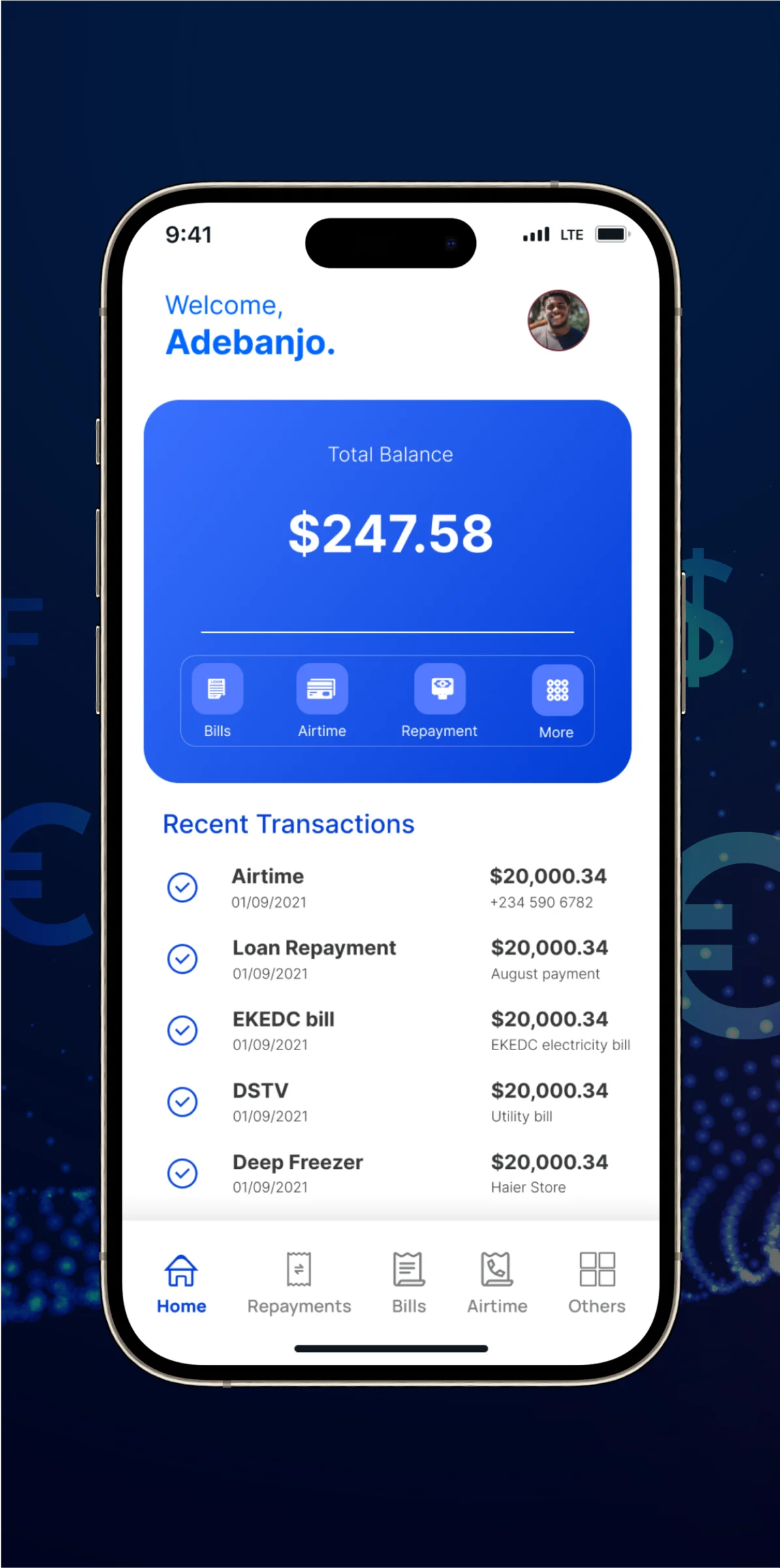

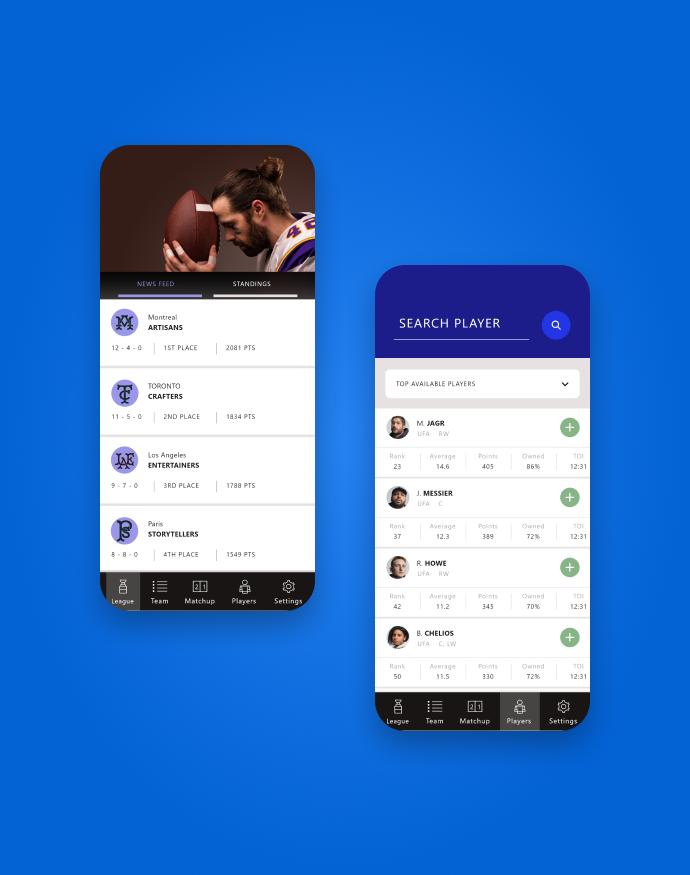
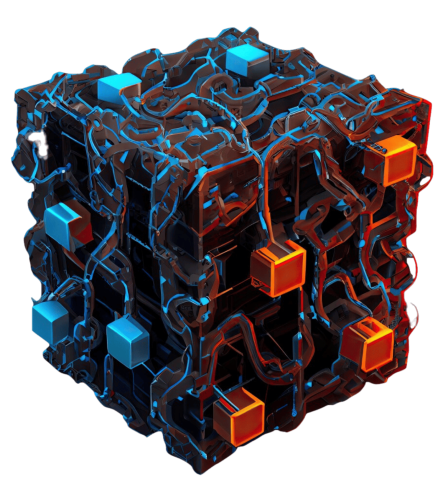

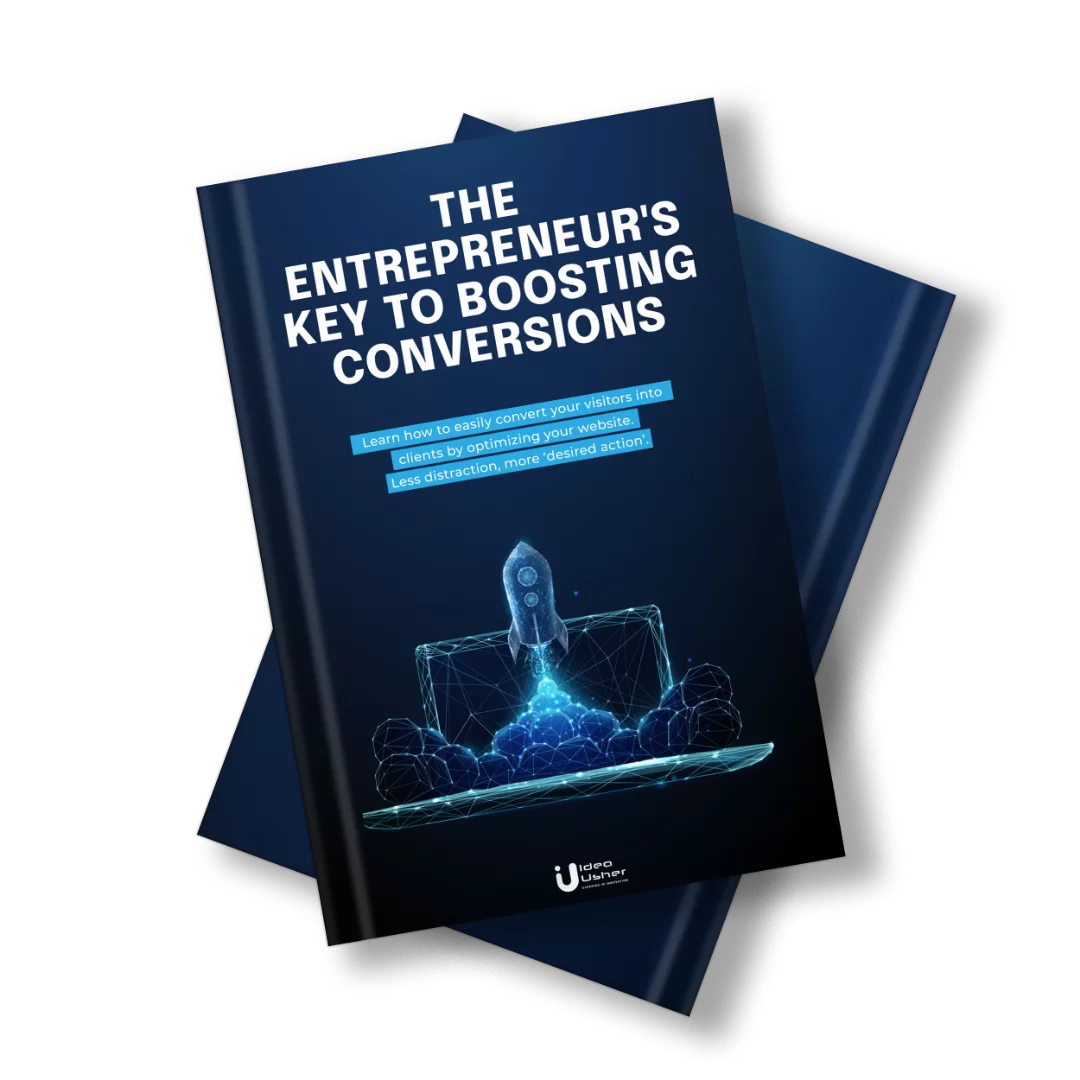
Nandini Purohit